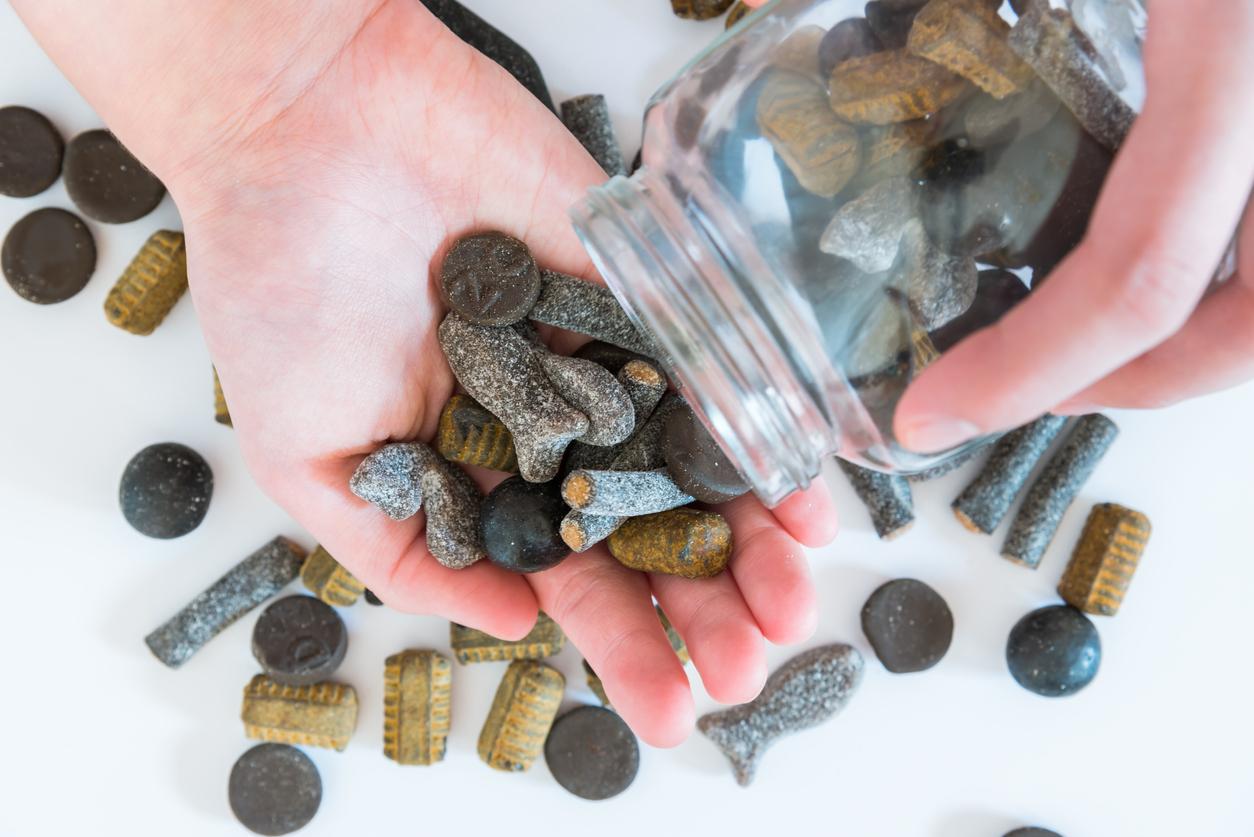The tongue would be able to precisely identify a 6th taste: ammonium chloride, a popular ingredient in certain Scandinavian candies.

- USC Dornsife researchers discovered that the tongue can spot a sixth basic taste. This is ammonium chloride, an ingredient found in Scandinavian treats.
- This taste is detected by the OTOP1 protein receptor, also linked to sour taste.
- For scientists, the ability to identify ammonium chloride with the tongue may be an evolution that helped organisms avoid harmful products.
In addition to sweet, salty, sour, bitter and umami, a new US study suggests the tongue may also detect ammonium chloride. The organ would thus be able to identify 6 flavors in our food, and not 5.
The work was presented in the journal Nature CommunicationsOctober 5, 2023.
Ammonium chloride: the 6e flavor detected by the tongue
The scientific community has recognized for decades that the tongue responds to ammonium chloride, but it was unclear which receptors were responsible. The research team ofU.S.C. Dornsife College of LettersArts and Sciences hypothesized that the tongue was able to spot foods containing ammonium chloride through the same protein receptor that signals a sour taste: protein OTOP1.
“If you live in a Scandinavian country, you will be familiar with this taste (ammonium chloride, Editor’s note) and you might like it”warns Emily Liman, professor of biological sciences and responsible for the work in a communicated. It is, in fact, present in a traditional treat from the region: salted licorice.
To test the hypothesis, they introduced the gene OTOP1 in human cells grown in the laboratory, then exposed some of them to a sour flavor or ammonium chloride. The results showed that ammonium chloride activated the protein receptor OTOP1 just as effectively as sour or acidic substances.
Further tests on mice confirmed that those with the gene OTOP1, avoided ammonium chloride, while those without it did not care about the taste.
Perception of ammonium chloride : a evolution to avoid harmful substances?
Researchers suggest that the ability to detect ammonium chloride with the tongue may have evolved to help organisms avoid harmful substances. If Scandinavian salted licorice has the side in Northern European countries, “ammonium is somewhat toxic”, explain the expert. “So it makes sense that we have developed taste mechanisms to detect it.”she adds.
Scientists plan to conduct further studies to better understand the evolutionary significance of this ability to perceive this sixth taste.

















